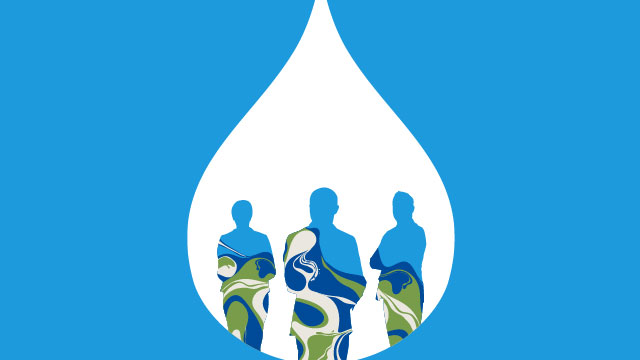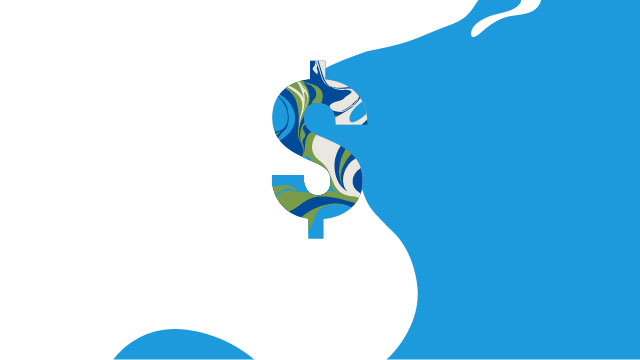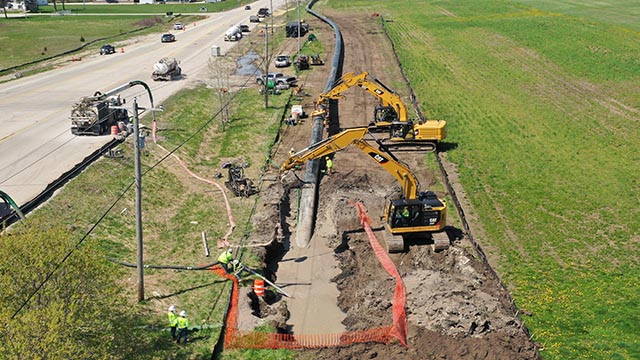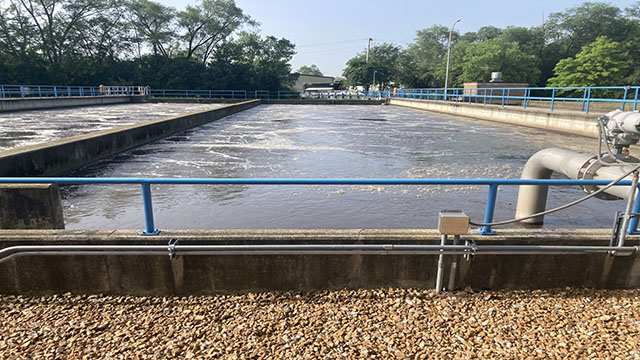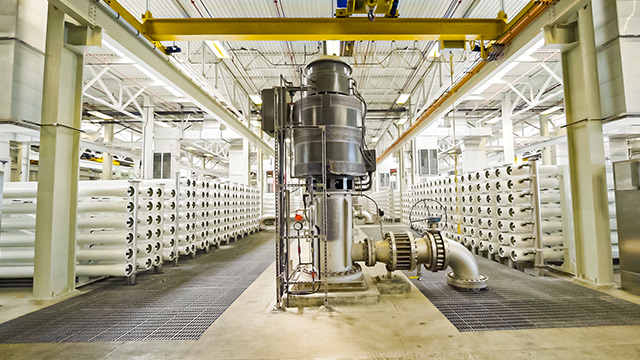Water in its natural cycle is perhaps the ultimate renewable resource. As Water: A Biography author Giulio Boccaletti said in a 2021 interview with McKinsey, the water we drink today is the water dinosaurs slurped long ago. It’s been cycling over and over since then.
However, humankind’s relationship with water is dynamic. Since first settling in communities, people have implemented processes and systems to collectively secure water supplies and find protection from water issues. We now seem to have reached an inflection point in the relationship.
The Need to Do More with Less
Safe, reliable and affordable water is paramount to business success. At issue: Demand is intensifying, driven in part by the growth of populations and economies worldwide. Despite conservation efforts, commercial and industrial enterprises are often water-intensive, including newer ones related to the internet of things, such as data centers, and electric vehicle production, which depends on mining.
Complicating matters is climate change. More frequent and stronger storms are increasing devastation from flooding. Less snowpack and shifting rainfall patterns are creating water scarcity in many regions. Heat waves are becoming more common, which escalates usage.
In turn, freshwater supplies are dwindling. Many of the world’s basins could see a supply decline of around 10 percent by 2030 and up to 25 percent by 2050. The quality is also deteriorating from various forms of contamination.
The impacts and risks to business, from operations to value chains, are substantial. Water crises could cost up to 6 percent of gross domestic product (GDP) in some regions by 2050, the World Bank estimates. The cost is already running in the billions for global companies in key industries, according to the CDP, a nonprofit that runs a data-driven environmental reporting system for investors, companies, cities, states and regions. Sixty-nine percent of equities that report to CDP say they are exposed to water risks that could generate a substantive change in their business. Governments and water utilities and authorities, for example, may be expected to manage demand, such as raising the price of water and restricting its allocation.
In short, efficient and productive management of water resources has become an operational and strategic business imperative.
3-Step Framework for Water Sustainability
To address the imperative, companies need to gain a fresh understanding of their water risks and opportunities. A multitude of approaches exist for doing this.
For example, a water valuation. It supports business continuity and investment decisions by accounting for “hard” factors such as production rates and water sources, conveyance and/or treatment facilities, plus “soft” factors including climate change and regulatory requirements. The goal is to estimate the value of water by providing a full accounting for risk factors and changes over time.
Environmental, social and governance (ESG) ratings have received a lot of attention for their sustainability-minded approach. Nonprofit and commercial organizations use them to report and disclose how companies’ commitments, performance and structures align with their sustainability goals. The ratings are primarily a tool for financial and investment analysis. Nonetheless, an ESG approach can benefit companies, focusing activities to realize sustainable benefits.
The key is implementation.
Traditional approaches to water solutions can reflect siloed thinking focused on a single service or function (supply, quality control or stormwater diversion). In the eBook Value Every Drop, water experts from global consulting, engineering and construction company Black & Veatch offer a more efficient and inclusive framework for sustainable water management.
Reevaluate: Companies can gain perspective and enable informed decisions about their water risks across geographies, value chains and product portfolios through tactics including water balances and condition assessments. Building on those efforts, planning can account for the dynamic factors that affect water costs, quality and supplies, inside and outside facilities. It can also establish a roadmap for sustainability and regulatory compliance, and empower companies in the public sphere to shape policies and regulations.
Optimize: Optimization tactics encompass facilities, systems and processes. The right optimization approach aligns and integrates design, digital monitoring and diagnostics, and operation and maintenance (O&M) solutions to fine-tune performance operationally and strategically. Controls, data analytics and machine learning can be leveraged to manage water resources efficiently, effectively and economically.
Innovate: Adopting new management approaches and treatment technologies, companies can invest in the right priorities at the right time, gain resource efficiencies and maximize the value of their water-related assets. Tactics include asset management, process intensification and partnering with government and water utilities. The energy efficiency, water recovery and robustness of reuse make it increasingly attractive as a water use reduction and sustainability option.
This three-step “ROI” framework encompasses both the water quantity and water quality concerns of business. Adopting it, companies can confidently identify, implement and manage solutions to sustainably secure their water requirements while mitigating their water risks.


